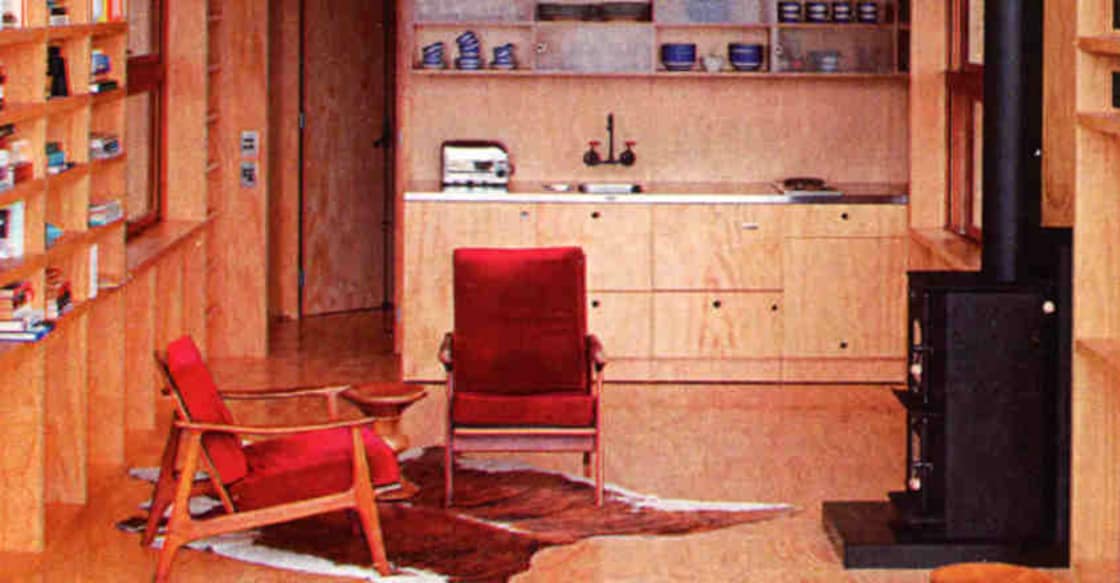The pros and cons of veneer finish and how it differs from ply

Mail This Article
Many people are curious to know the difference between ply and veneer. Dr P Josna Raphael, Head of Architecture Department, Govt. Engineering College, Thrissur, clears such doubts.
Plywood is manufactured by pasting thin sheets of wood together. The product is stronger than wood and is less prone to bending. Several grades of plywood are available, including water-resistant, non-water resistant and those which are totally water proof. Plywood is mainly used in interior work and for making furniture. Readymade type is available in the form of laminated plywood, but the choice of colours will be limited.
Veneer refers to a very thin slice of wood glued on the surface of plywood. After pasting this sheet on plywood, a special polish is applied to make it suitable for use in interiors. Summing up, plywood can be used in two ways for interior works, in laminated finish and veneer finish.
Laminated finish is available when the pasting is done using a machine. But for veneer finish, after the slices of wood are glued on plywood, polishing has to be carried out. The cost of laminated finish is much lesser than veneer finish, but only veneer gives the feel of real wood.
(Dr P Josna Raphael can be contacted through e-mail: josnaraphaelp@gmail.com)

